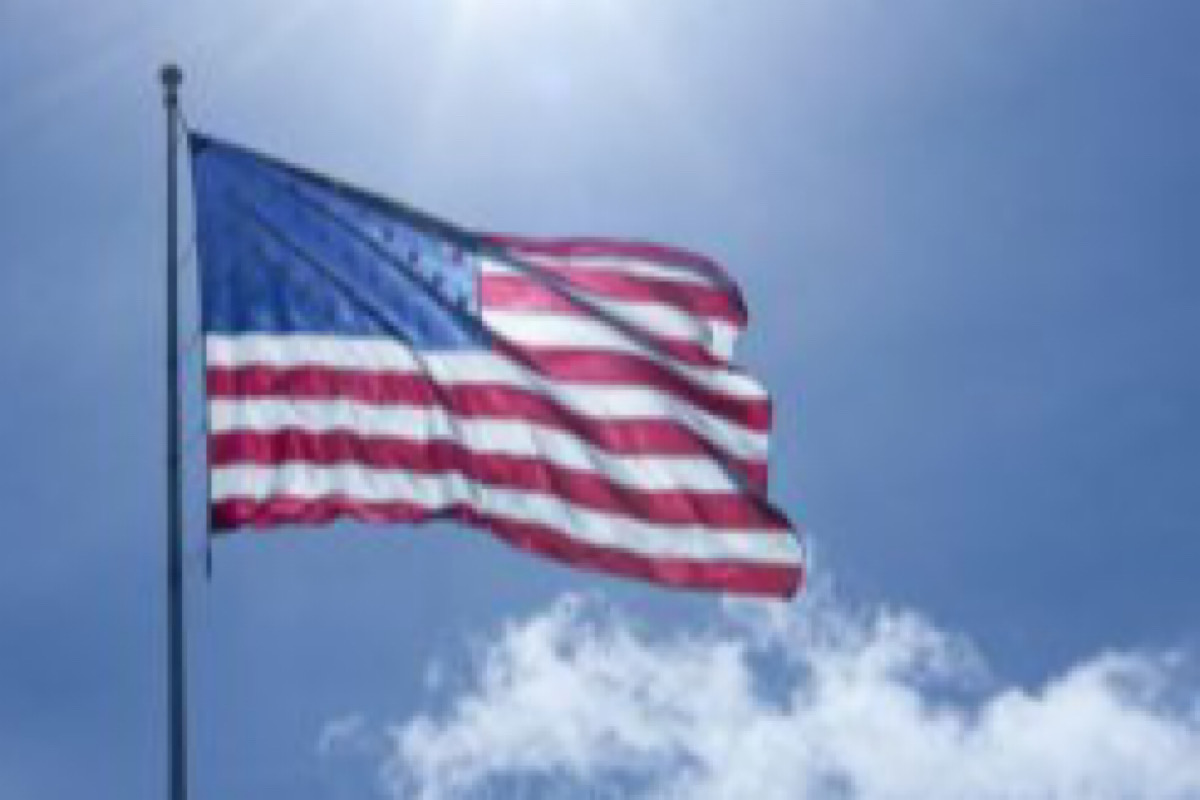As the United States enters the year of the next Presidential election, the Democratic Party finds itself at a crossroads, grappling with growing concerns about President Joe Biden’s chances of securing a second term. Recent polls reveal a disapproval rating of over 55 per cent, leaving nearly 40 per cent of Democrats wishing for an alternative to Mr Biden’s candidacy. Technically, the door is open for the Democrats to replace Mr Biden, but the path is laden with obstacles. The intricacies of the delegate system and primary processes mean that even though Mr Biden is the presumptive nominee, he is far from a guaranteed candidate. However, the practicality of replacing him at this juncture is a complex equation of political machinery, party unity, and the absence of a formidable alternative. While history points to instances where sitting presidents, such as Lyndon Johnson and Harry Truman, withdrew from re-election bids, Mr Biden’s situation is distinct. The absence of a strong primary challenger and the limited time frame for new entries into the race hinder the prospects of a seamless transition.
The Democratic National Committee’s unwavering support for the incumbent adds another layer of complexity, creating a formidable hurdle for any potential contender. The lack of viable alternatives within the Democratic ranks exacerbates the dilemma. The only competitors against Mr Biden, Ms Marianne Williamson and Mr Dean Phillips, barely register in the polls. Even Vice President Kamala Harris struggles with approval ratings. The disheartening reality is that two-thirds of Democrats expressing discontent with Mr Biden’s candidacy have no clear alternative in mind. Mr Gavin Newsom, the governor of California, emerges as a potential replacement, but speculation surrounds his ambitions for 2028 rather than 2024. This scarcity of viable alternatives places the Democratic Party in a precarious position, with the spectre of internal discord potentially weakening their stance against the formidable former President Donald Trump. The process of replacing Mr Biden is further complicated by the closing of primaries in various states. Late entrants risk missing crucial deadlines and the opportunity to accumulate early momentum, a factor that significantly influences a candidate’s viability. Even well-funded latecomers, like Mr Mike Bloomberg in 2020, struggled to make a dent in the primaries.
Advertisement
The hypothetical scenario of Mr Biden dropping out now, while not impossible, carries its own set of challenges. The timing, coupled with the potential for creating a crisis within the Democratic Party, makes such a move highly unlikely. Any last-minute withdrawal would force Mr Biden’s delegates to pivot to another candidate at the convention in Chicago, introducing an element of unpredictability that the party would want to avoid. At this juncture, the President might not be the ideal choice for the Democrats in 2024, but the party finds itself in a bind with limited manoeuvring room. The spectre of Truman and Johnson’s withdrawals from re-nomination, leading to Democratic losses in the general elections, looms large, urging caution and strategic decision-making within the party











